Havan in Kumaun is performed on various auspicious occasions to seek blessings of the Gods. Various plants and plant products, which are being used by humans for day to day needs are used in Havan. In other word the burning of mixture of various aromatic herbs in the fire accompanied by invocation and offering to the Gods is known as Havan. Many ‘Chants’ are also based on the plants. In addition many plants are worshipped at the time of Havan according to the occasion. All plants are not used in same Havan. In this study, the description of Havan is based on the sixteen important ceremonies (p.7) considered important in the life of a human being. In folklore and practice Havan is also performed at various occasions in addition to these sixteen ceremonies. Special attention has been paid to Karnhvedh, Jneu, and Wedding ceremonies (35 plants; 33 other products; 18 plants used for Havan samagri). Ceremonies, where Havan is prohibited are listed. A short account of local Gods (13), Goddesses (5) have been described in addition to those worshipped by Hindus throughout India. Folk songs (on seven plants), folk lores (on eight plants) used in Havan are also given. Our cultural practices like ‘Havan’ have served purpose of bringing the whole community together imparting message of purity and cleanliness. It has served the purpose of conserving our traditional heritage since the time of Vedas and Puranas.
Ethnobotany of Religious Practices in Kumaun (Havan)
Add to favorites
Contents
$73.80
$82.00
In stock
Free & Quick Delivery Worldwide
All orders amounting to US$ 50 or more qualify for Free Delivery Worldwide. For orders less than US$ 50, we offer Standard Delivery at $14 per book.
ABOUT THE AUTHOR Balwant Kumar
Balwant Kumar, A.T. India, Ukhimath, Rudraprayag, Uttarakhand.
ABOUT THE AUTHOR Kiran Bargali
Kiran Bargali, Lecturer, Botany department DSB Campus, Nainital. Author of over 20 papers specially ecology.
ABOUT THE AUTHOR Sudhir Chandra
Sudhir Chandra, Emeritus Professor and Former Head, Department of Botany, University of Allahabad, is well known for his contribution on variuos aspects of Plant Pathology and Agricultural Microbiology. He pioneered the work on Rhizosphere microbiology, Phyllosphere microbiology and Seed pathology and control of plant diseases with homoeopathic drugs and initiated the study of biofertilizers including vesicular arbuscular mycorrhiza, nitrogen fixers and phosphate solubilizing micro-organisms at Allahabad. He developed a numbers of microbial package for improving the productivity in cereals, pulses, medicinal plants, horticultural as well as floricultural crops. He also worked on the role of microbial inoculants in wastelands development and developed packages of microbial inoculants for plantation programmes in a variety of wastelands including silica mining tract, brick fields etc. Research programmes of Professor Chandra have been financed by various Government agencies like UGC, DST, CSIR, ICAR, UPSCST, DOE, and PL480 etc. He is Fellow of Indian Botanical Society, Indian Phytopathological Society, International Society for Conservation of Natural Resources and National Academy of Sciences. He has been Executive member of a number of Societies and Advisor to the Berlin Documentation Project on Research in Homoeopathy, Germany as well as Member, Editorial Board of a number of journals. He has been a reviewer of many journals and research projects. He has written and edited a number of book sand monographs. Prof. Chandra was President IPS, ME Zone in 1992 and was honoured with TERI MEDAL in 1990 and Jeersanidhi award of IPS in 1992. He has trained a number of microbiologist and plant pathologist and authored over 200 research papers/review articles during forty years of his research and teaching career.
reviews
0 in total
Review by Anonymous
Ethnobotany of Religious Practices in Kumaun (Havan)
Be the first to review “Ethnobotany of Religious Practices in Kumaun (Havan)” Cancel reply
You must be logged in to post a review.
Bibliographic information
Title
Ethnobotany of Religious Practices in Kumaun (Havan)
Author
Edition
1st ed.
Publisher
ISBN
9788121105811
Length
vi+138p., Figures; Tables; References; 25cm.
Subjects
more by Balwant Kumar see more
more by Kiran Bargali see more
more by Sudhir Chandra see more
Dictionary of Commemorative Plant Generic Names (Volume XVII: Kabathia to Kobresia)
Scope of the work:
Generic ...
Generic ...
$133.20
$148.00
Dictionary of Commemorative Plant Generic Names (Volume XVIII: Kabathia to Kobresia)
Scope of the work:
Generic ...
Generic ...
$133.20
$148.00
more by Y.P.S. Pangtey see more
similar bookssee more
Encyclopaedia of Spectroscopy (In 3 Volumes)
$119.70
$133.00

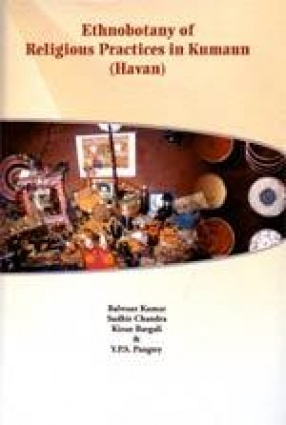
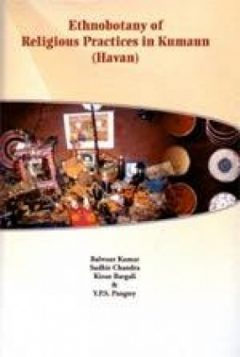


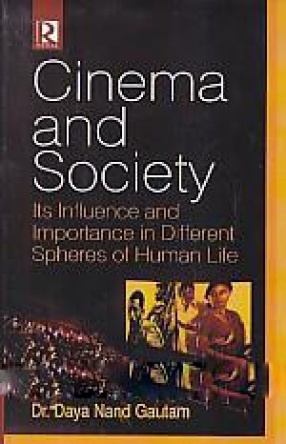

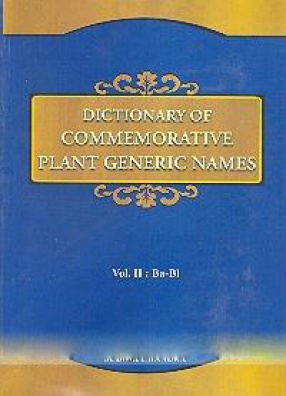
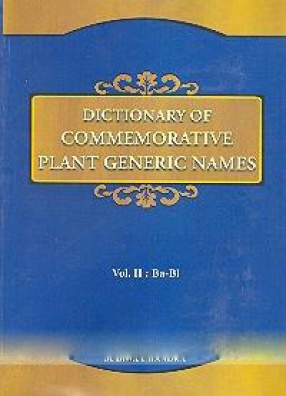
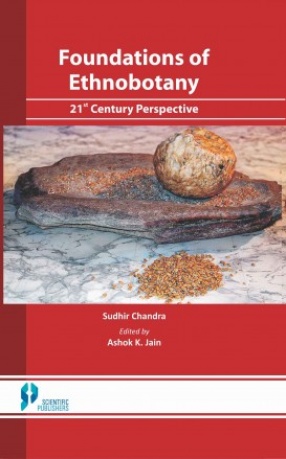
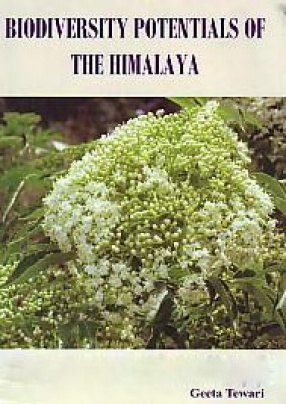

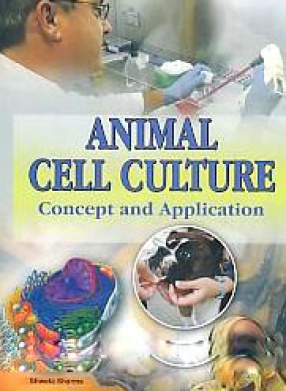
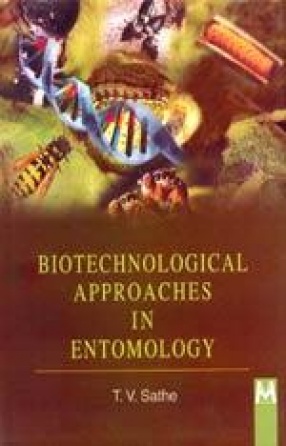

There are no reviews yet.